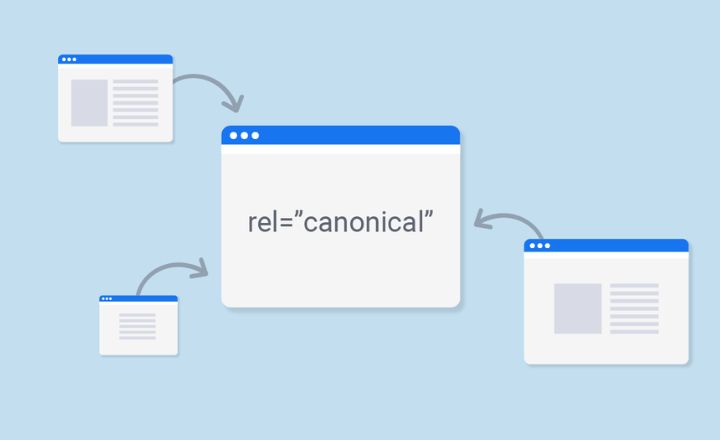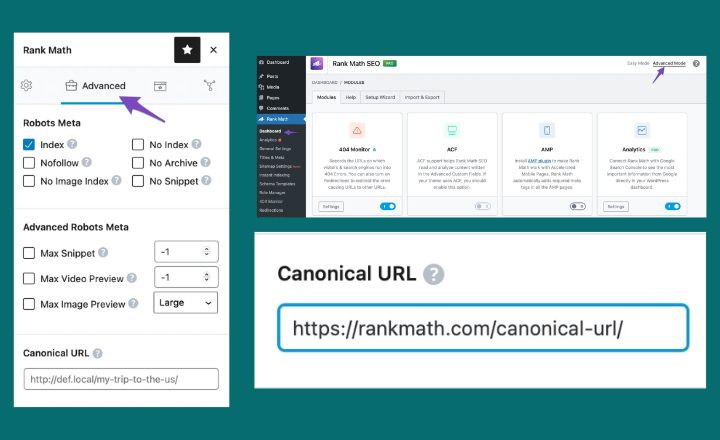In the complex world of search engine optimization. Every website owner aims to achieve the coveted top spot on Google’s search results. Amidst the myriad of strategies and techniques employed to climb the rankings ladder, one common issue often arises duplicate submitted URL not selected as canonical.
Picture dedicating countless hours to creating captivating and educational content for your website. Only to realize that search engines have mistakenly identified a duplicate version of your page as the primary URL.
How Does Google Choose The Canonical Page?
Google determines the canonical page by prioritizing factors of content quality, relevance, and user experience. Google’s algorithms analyze various signals to identify the most authoritative and preferred version.

Factors like backlinks from Google, internal links, and meta-information play a crucial role in determining the canonical page.
What Causes The Canonical Tag URL?
- Search engines may have trouble identifying the preferred version without the use of a canonical tag URL.
- E-commerce websites frequently encounter difficulties, it helps search engines understand which version of the page should be prioritized in search results.
- By implementing a canonical tag URL strategy, website owners can consolidate ranking signals for similar content. Boosting organic search visibility improves user experience by guiding visitors to the most pertinent and credible page.
Canonical Tag 301 Redirects
Canonical Tag 301 Redirects play a crucial role in maintaining the integrity of website content. By implementing a canonical tag with a 301 redirect. Website owners can consolidate duplicate or similar content into a single preferred version.
Signaling to search engines which page should be prioritized for ranking purposes. They pass on the link equity from duplicate pages to the preferred URL. Boosting its visibility and authority in search engine results.
This strategy can help resolve issues related to content syndication or versions of a webpage existing under different URLs. Providing clarity to search engines about the primary source of information.
Using Canonical URL For Duplicate Submitted
Canonical URLs are a powerful tool in the world of SEO. Allowing website owners to signal to search engines which version of a webpage is the preferred one.
By setting up canonical URLs correctly, you can consolidate the ranking power of multiple similar pages. One authoritative source, helping to avoid issues like duplicate content penalties.

By ensuring that visitors are directed to the most relevant and high-quality version of your content. Improving Search Engine Optimization performance and user experience. Using canonical URLs plays a crucial role in managing complex website structures.
Websites with e-commerce platforms or large amounts of user-generated content can benefit from canonicalization. By streamlining their URL structure and guiding search engine crawlers toward important pages.
How Do You Identify The Pages With Duplicate Submitted URL Not Selected As Canonical?
An effective way to identify pages with duplicate content is by utilizing Google Search Console. By going to the Coverage report, you can easily see which pages have a submitted URL. This indicates potential issues with duplicate content and allows you to take action by either setting. The correct canonical URL or addressing any underlying causes of duplication.
Conducting a manual check of your website’s internal linking structure can help uncover pages with duplicate content. Look for instances where multiple URLs lead to similar or identical content. Which could confuse search engines and impact your site’s ranking and visibility.
By identifying these pages early on, you can ensure proper indexing and avoid negative consequences related to duplicate content.
How To Fix The Status Duplicate, Submitted Url Not Selected As Canonical Status?
Submitted URL Not Selected as Canonical status issue is to ensure that your website has a clear. Consistent structure with proper internal linking. By logically organizing your website and implementing canonical tags where necessary. You can help search engines understand which page should be considered the authoritative source.
Regularly monitoring your website for duplication of the content or 301s can help with this issue. It’s important to conduct thorough audits of your site’s content. Address any duplicate URLs promptly to avoid confusing search engines and potentially harming your SEO efforts.
Working with a professional SEO expert or web developer might be necessary to troubleshoot. More complex issues cause the Duplicate, Submitted URL Not Selected as Canonical status.
Conclusion
The issue of duplicate submitted URL not selected as canonical presents a significant challenge for website owners and SEO professionals. Search engines may struggle to understand what the site is about and how relevant it is to specific queries. This can lead to confusion for search engines, which turn impacts the website’s performance in search results.
It is crucial for webmasters to carefully monitor their canonical tags and ensure that only the preferred URL is selected. By addressing this issue proactively, website owners can improve their site’s SEO performance and avoid potential penalties from search engines.
